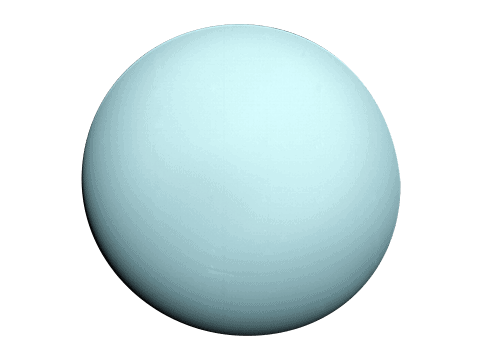Strange New Worlds | Explore
The Universe andSolar System
The universe is everything. It includes all of space, and all the matter and energy that space contains. It even includes time itself and, of course, it includes you.
ExplorePlanets
8 known planets orbit the sun
Dwarf Planets
5 known dwarf planets orbit the sun
Moons
200+ known moons in our solar system
Comets
4,584+ known comets so far
Interesting facts
Get to know about the Solar System
ONE OF BILLIONS
Our solar system is made up of a star, eight planets, and countless smaller bodies such as dwarf planets, asteroids, and comets.
MANY MOONS
The planets of our solar system and even some asteroids hold more than 200 moons in their orbits.
RING WORLDS
The 4 giant planets and at least one asteroid have rings. None are as spectacular as Saturn’s gorgeous rings.
SPIRALING THROUGH SPACE
The Milky Way is a spiral galaxy. There are 3 general kinds of galaxies: elliptical, spiral, and irregular.
A LONG WAY ROUND
It takes our solar system about 230 million years to complete one orbit around the galactic center.
LIFE AS WE KNOW IT
Our solar system is the only one known to support life. So far, we only know of life on Earth, but we’re looking for more everywhere we can.
Interesting facts
Get to know the planets
Did you know?
Planets are divided into 2 categories, based on their composition, Terrestrial & Jovian.
Terrestrial planets include Mercury, Venus, Earth & Mars.
Jovian planets include Jupiter, Saturn, Uranus & Neptune.
Jupiter & Saturn are Gas giants while Uranus & Neptune are Ice giants.
The 5 Dwarf planets are Pluto, Ceres, Makemake, Haumea & Eris.
Explore
Swipe to view next planet
Explore
The Sun and Moon
News & Blogs

















